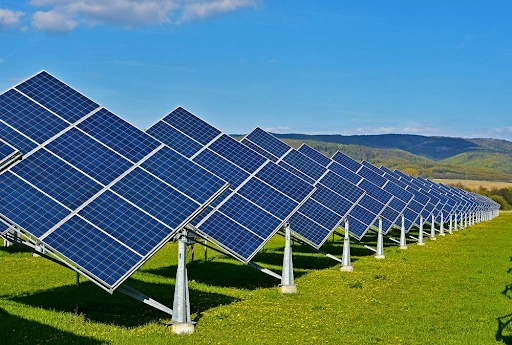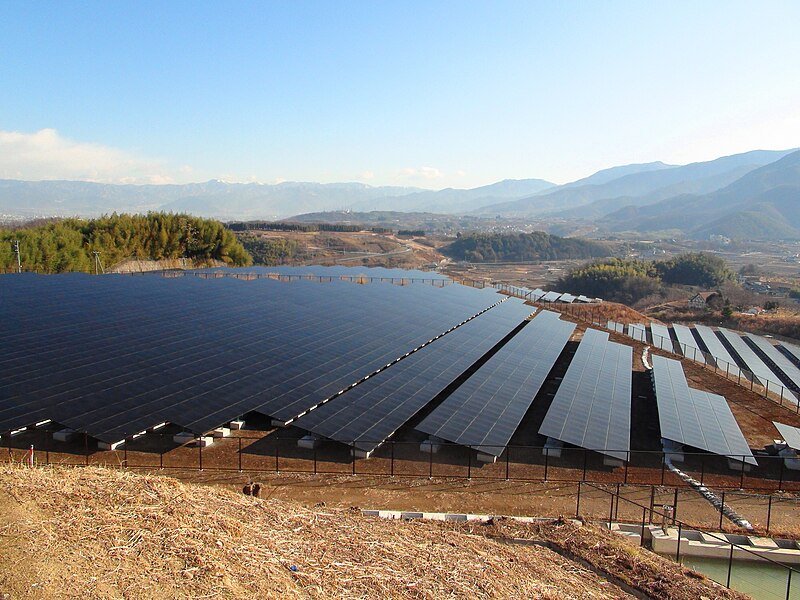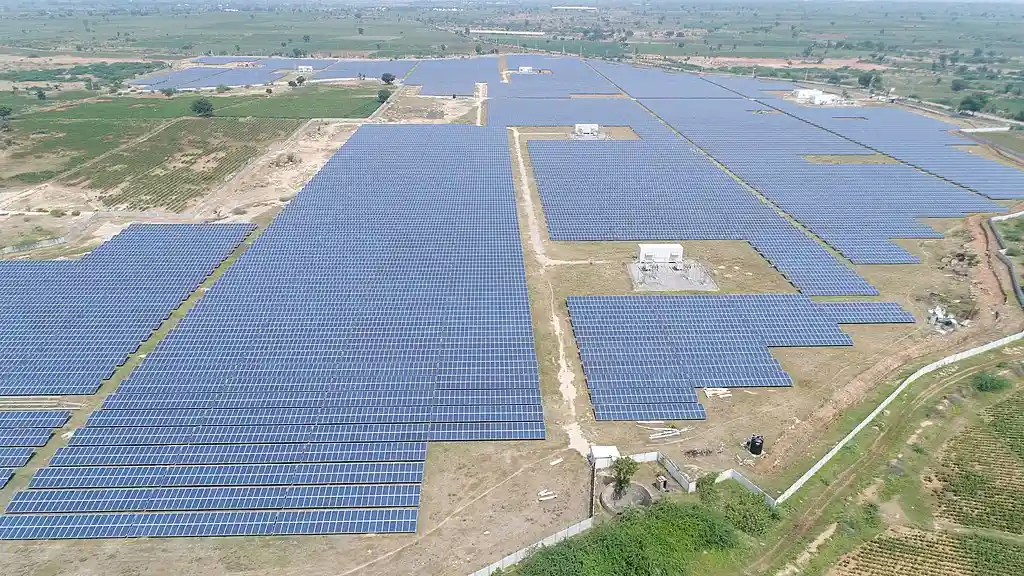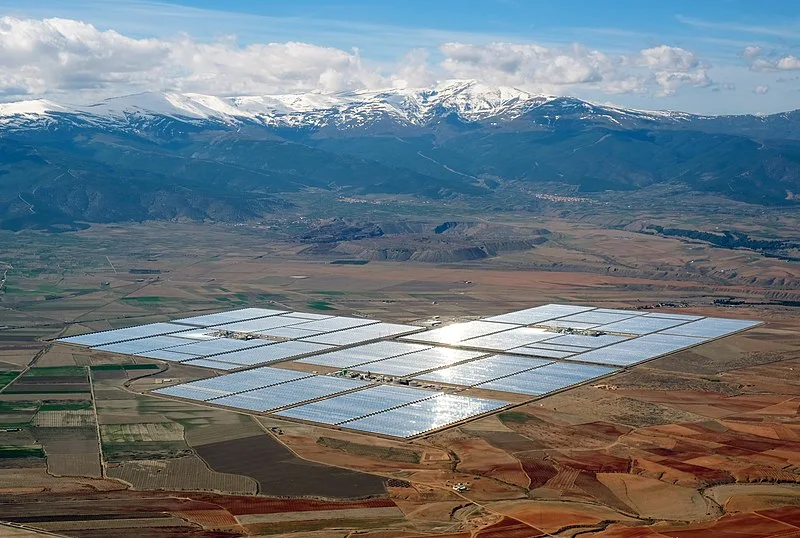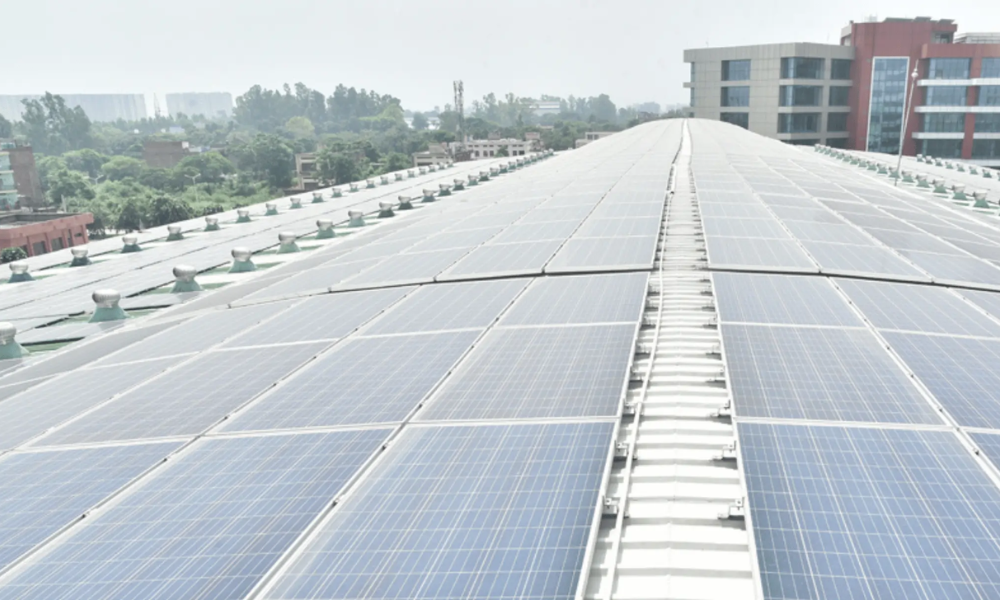India is set to witness a colossal revolution in its power sector. While the private sector and government are rallying around ₹3 trillion (~US$36-40 billion) of fresh investment in power infrastructure and renewable energy, particularly solar, the future of solar energy in India is brighter than ever. The investment is more than a figure of numbers, it is about what expansion of solar power in India, the rise in solar energy installation, and the growing role of solar energy companies will shape lives in the decade ahead.
Why ₹3 Trillion Counts
India has set ambitious targets: 500 GW non-fossil fuel-based power by 2030. For this, it must increase solar generation, upgrade grid infrastructure, increase manufacturing, and ensure security of supply. A report contends that India will require about ₹3.2 trillion of capex in the medium term in order to power India’s solar future. That includes installation of solar as well as cumulative building of capability in the entire value chain, module manufacturing, cells, inverters, storage, and transmission.
These investments are more than about achieving climate targets. They’re about:
- Meeting constant power supply in tandem with growing demand by households, industry, and agriculture.
- Minimization of imported fuel and module dependency.
- Creating job opportunities in manufacturing, installation, operations, and maintenance.
- Addressing climate change by decarbonizing.
Indian Solar Development: Where Are We Now?
Sun power in India has expanded by leaps and bounds in recent times:
- Indian solar module production capacity almost doubled in this period, rising from ~38 GW in March 2024 to ~74 GW in March 2025. Solar cell production also shot up.
- Rooftop installations are increasing, albeit much lower than potential. The rooftop solar (RTS) potential in India is in hundreds of gigawatts, of which actual installation is a fraction.
- Already, India is also the planet’s third-largest producer of solar power, generating a little over 1,08,494 GWh of solar power and replacing Japan.
- Renewable energy, like solar, now accounts for over 50% of India’s installed power generation capacity, reaching this milestone sooner than expected.
These developments show that solar energy growth in India is not only desirable, it’s real, and it’s now.
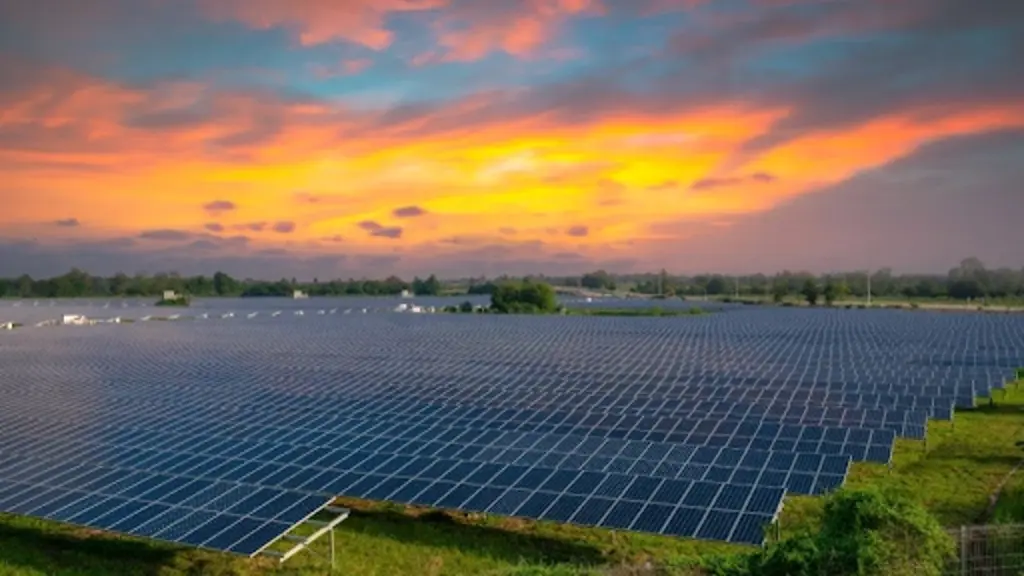
Key Drivers Behind the Solar Surge
Why is solar power in India growing so fast? Some reasons:
1. Policy Support & Incentives
Government schemes like PM Surya Ghar Muft Bijli Yojana, PM-KUSUM, and procurement of indigenously manufactured solar modules/cells in major schemes drive demand. Subsidies, customs duty exemption, Production Linked Incentives (PLI), and Basic Customs Duties (BCD) in imports encourage indigenous production.
2. Lowered Costs and Enhanced Technology
Solar PV technologies, inverters, balance-of-system equipment, as well as even battery storage are becoming cost-competitive and more efficient. The decreased capital cost, along with the depreciating module cost, makes solar energy installation more economically viable.
3. Investment & Finance Flow
Private equity, infrastructure funds, and global investors are paying considerable attention to India’s solar market. There is a need for further financial flow as India will require hundreds of billions of investment in a journey towards meeting its targets.
4. Manufacturing Drive & Supply Chain Localisation
Through doubling of module/cell manufacturing capacity, India reduces import reliance. Greenfield giga complexes are being set up. The same benefits Indian solar power companies and decreases cost.
5. Grid & Infrastructure Enhancements
To scale up solar power installation, there is a need to upgrade transmission infrastructure, storage facilities, as well as smart grid infrastructure. Gujarat State, among others, is investing heavily in Green Energy Corridors to transfer clean power from generation centers to load centers.
What it Involves in Installing Solar Energy Systems
With ₹3 trillion being invested, we can expect:
- Rapid scaling up of big centralized ground-mounted solar parks in high solar resource states (Rajasthan, Gujarat, Andhra Pradesh).
- Rapid growth of rooftop solar installation, both commercial/industrial and residential, especially in schemes that provide discounts and subsidized finance.
- Rise in hybrid and floating solar installations, along with storage, to overcome intermittency and grid stability.
- Rapid scale up of solar energy companies in India, such as EPC (Engineering, Procurement, Construction) contractors, installation firms, and module, inverter, and battery manufacturers.
Impact upon Industry, Economy & Environment
- Domestic Industry Growth: The Indian solar energy enterprises will gain scale economies, higher spending in R&D, and home market demand. The manufacturing facilities will create employment and promote auxiliaries.
- Energy Security: India decreases dependence upon foreign deliveries of modules, cells, or fossil fuel by investing in homegrown solar energy installation as well as manufacturing.
- Environmental Benefits: CO₂ emissions reduced, pollution controlled, air quality and public health enhanced.
- Cost Savings & Affordability: With decreasing costs of solar energy, electric bills of homes and commercial spaces may decline. Solar can be cheapest of costs in several locations, particularly in rural or off-grid locations.
- Rural & Off-Grid Development: Installation of solar power in villages and remote locations can supply clean, assured power, which can fuel education, healthcare, and income.
Challenges Ahead & How Investment Helps Overcome Them
Though the path is positive, there are still issues:
- Grid integration and transmission have to be accelerated in order to avoid bottlenecks or loss of produced solar power. Transmission line delay, as in several states, has led to loss of renewable power.
- Energy storage is still expensive; battery manufacturing capacity in India needs to grow fast.
- Policy & Regulatory Risks: The fluctuations of tariff rate, import levies, land procurement, and delay in clearances of projects can slow down solar power development in India.
- Finance & Capital Expenditure: Generating sufficient finance, particularly in debt, at low cost is problematic among most small producers.
But the ₹3 trillion investment, coupled with robust policy support structures, can take care of all of them, by investing in transmission upgradation, augmenting storage, nurturing companies by means of incentive support, and devising financial products for risk management.
Future Outlook: What Solar Could Look Like by 2030
Putting all the pieces together, here’s a possible scenario for the future of solar energy in India:
- Achievement of ~300-350 GW of solar power generation capacity (grid and rooftop) in 2030 as part of its non-fossil fuel power generation capacity of 500 GW.
- Rooftop solar could hit 80-100 GW under heavy subsidies / auctions / schemes.
- Indian solar power companies will become vertically integrated entities, producing panels/cells, providing EPC solutions, and selling storage and hybrid products.
- It will also reduce installation costs of solar energy, payback times will decline and solar will enter mainstream in homes, industry, and public infrastructure.
- Through energy storage, solar power will more and more provide baseload or near-baseload power in a few of the states.
- Environmental targets (net-zero, emissions reductions) will get closer; India may become a global hub for solar (both manufacturing & innovation).
What Might Potentially Become the Role of EPC Companies
EPC and solar installation players will be key stakeholders in this revolution. Being experienced in land-based solar EPC, rooftop, as well as floating solar, and expanding footprint in renewables and high-voltage grid infrastructure, such players are best positioned to enter this ₹3 trillion investment plan. Through provision of high-quality solar energy installation, investing in manufacturing, enhancing efficiency and operation, and scaling up projects in a safe way, key solar energy stakeholders in India will be in a position to lead this solar future.
Conclusion
India’s ₹3 trillion power and solar infrastructure investment is more than a number, it’s a signal that the future of solar energy in India is not just hopeful, but increasingly unavoidable. Acceleration is already underway, solar energy installation is rising steadily, and forward-looking corporations are scaling up to meet demand. This transformation is paving a path toward energy security, environmental stability, and economic opportunity. The challenges are real, but with collaborative action of government, industry players like Hartek Group, India’s solar future is exceedingly bright.
FAQ’s:-
Q1. What is the future of solar energy in India?
The future of solar energy in India is promising, with ₹3 trillion investment powering growth in solar installations, manufacturing, and clean energy.
Q2. How much solar capacity can India achieve by 2030?
India is expected to reach 300–350 GW of solar capacity by 2030 as part of its 500 GW non-fossil fuel energy target.
Q3. Why is India investing in solar energy?
India invests in solar energy to reduce fossil fuel dependence, ensure energy security, cut carbon emissions, and create jobs in manufacturing and EPC sectors.
Q4. What role will EPC companies play in India’s solar future?
EPC companies will lead solar projects, from rooftop to floating solar, and drive large-scale installations, innovation, and efficiency.
Q5. What challenges face the solar energy sector in India?
Challenges include grid integration, storage costs, financing, and policy delays, but investment and incentives are helping overcome them.

